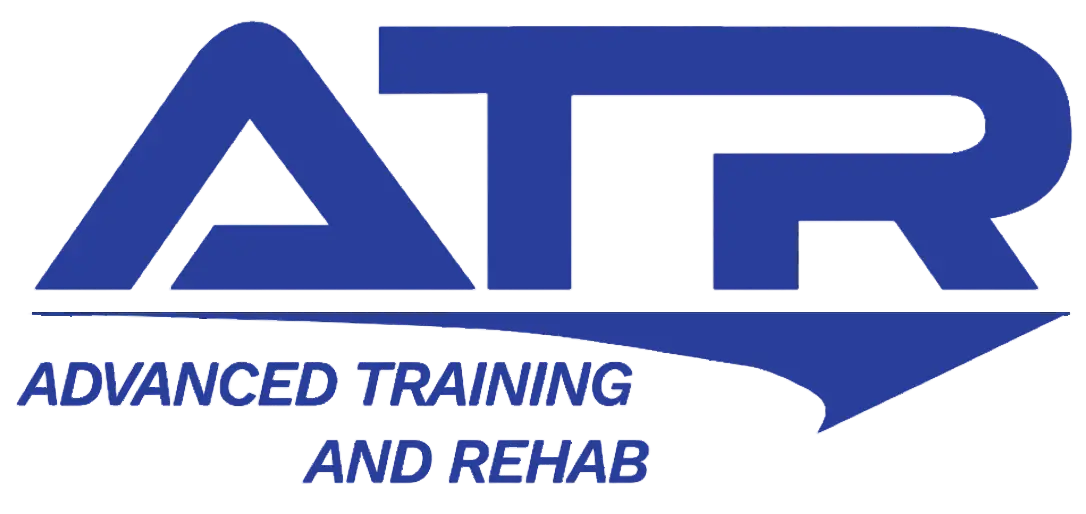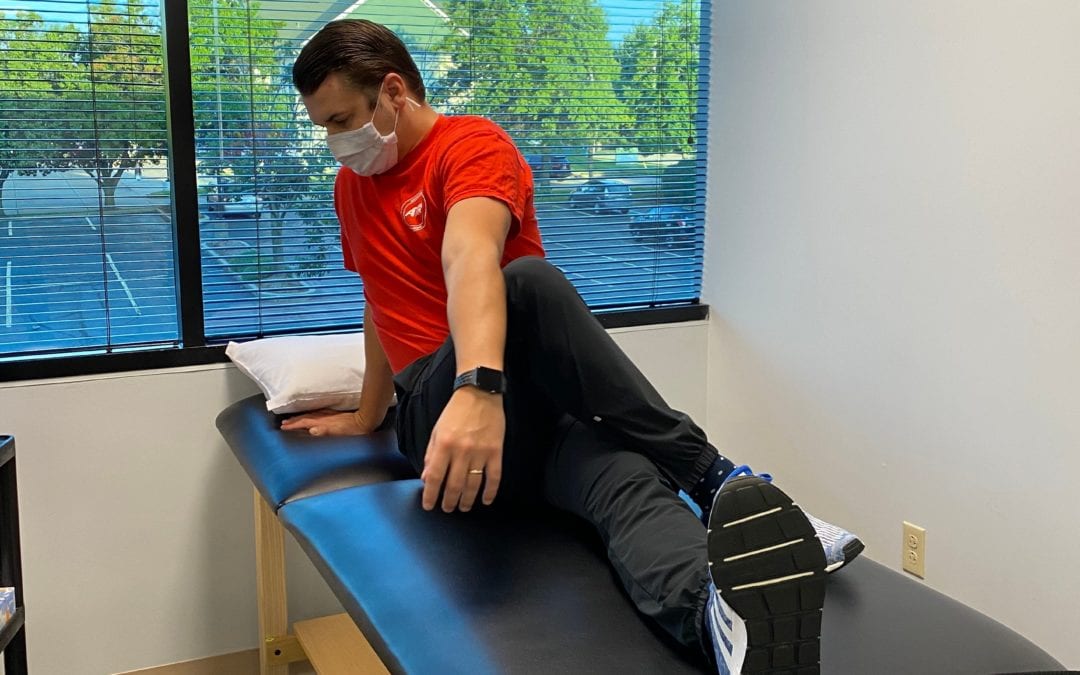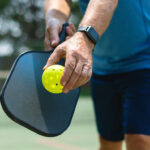IT Band Syndrome
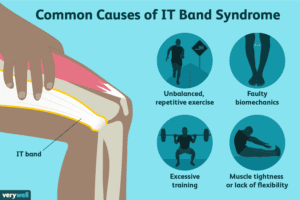
This pesky cluster of knee and hip pain symptoms can be a major disruption to your workout and exercise momentum! This syndrome is caused by friction of the connective tissue (ligament) on your outer thigh as you’re active and moving. Pain is usually worse when exercising and you may also experience tightness, swelling, and reduced motion at your hip and/or knee.
Let’s answer some frequently asked questions regarding IT Band Syndrome!
Who Gets It?
ITB Syndrome is a common condition found in runners and those who exercise with repetitive knee and hip movements. The IT band is a thick piece of connective tissue which extends from the pelvis to the tibia, crossing both the hip and knee joints on the outer edge. This tissue often is overused when there is weakness around the hips, core and knees. The repetitive stress to this area causes friction across the bony femur as the knee flexes and extends. The physiological effects of these factors causes the connective tissue to become inflamed, swollen, and painful.
Poor training techniques, like not stretching, wearing poorly fitting footwear, running on uneven surfaces, or not taking enough rest between exercise, are some factors that may increase your likelihood of acquiring these symptoms. You may also be more likely to acquire ITB Syndrome if you have bowed legs, knee arthritis, or weakness in your back, core, and hip muscles.
Symptoms
- Pain and tenderness on the outside of the knee and/or the hip
- Pain with repetitive motions, such as running
- Stabbing or stinging pain along the outside of the knee
- Swelling or inflammation at the knee
- Snapping or popping sound at the knee
- Continuous pain following activity, particularly with walking, climbing stairs, or moving from sitting to standing position
How Will It Be Diagnosed?
Your healthcare provider will be able to diagnose ITB Syndrome based upon your clinical symptoms, health history, and a physical exam. Since there are other sources of outer thigh and knee pain, it’s important to be physically examined to rule out other causes.
How Is It Treated?
The best treatment for ITB syndrome initially is resting and avoiding activities which reproduce the pain. A doctor will often prescribe medications and physical therapy to aid individuals in modifying and continuing their routine to get back to normal. Very rarely are invasive procedures such as injections or surgery warranted.
While healing times vary widely, most individuals who work with a PT and follow doctor’s orders will feel relief in about 6-8 weeks.
Exercises
There are many exercises you can perform to help relieve pain caused by ITB Syndrome. Exercise will focus on stretching the tissues involved that will reduce the amount of friction caused by the IT Band. Exercise will also focus on strengthening surrounding muscles for improved muscle function and tolerance to activity.
IT Band Stretch-
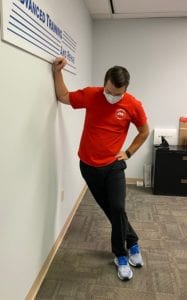
To stretch your Right IT band: stand 2 feet from a wall with your right side facing the wall. Cross your right leg behind your left so that your feet are side by side. Place your right hand on the wall at shoulder height. Using your left hand, push your hips toward the wall until a stretch is felt on the outside of your right hip and thigh. Hold this stretch for 30 seconds, and do it 3-5 times per day.
Sitting ITB Stretch-
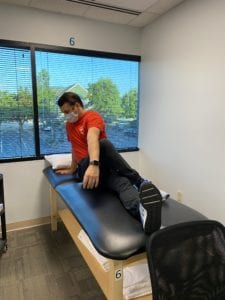
Sit with your legs extended out in front of you. Cross the involved (hurting) leg over the other leg, bending your knee and putting your foot flat on the floor. Rotate your body to look over the shoulder on the involved side until you feel a stretch. Hold this stretch for 30 seconds, and do it 3-5 times per day.
Standing Hip Abduction and Extension

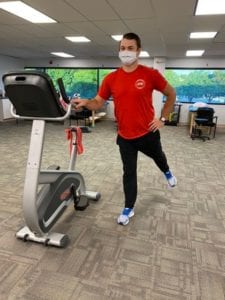
While standing, brace your core and raise your involved leg out to the side. Keep your knee straight and maintain your toes pointed forward the entire time. Use your arms for support if needed for balance and safety. Perform this exercise 10 times for 3 sets, and 2-3 times per day.
Foam Rolling-

Lay on the affected side with your leg on a foam roller, towel, or cushioned pipe. Cross your opposite foot to the ground in front of your leg if you need extra support. Gently roll back and forth down the outer aspect of the leg, working from the hip bone to the outside of the knee. Take breaks as needed. Recommend rolling for 3-5 minutes before running or prolonged activity.
ITB Syndrome and Physical Therapy
Physical therapy is an excellent way to manage pain and symptoms from ITB syndrome.
Your therapist will guide you through modifying your current activities and educate you on how to best train so as to avoid ITB Syndrome in the future. Initial treatment will include techniques for pain management (heat and cold treatment, ultrasound, electrical stimulation) and move into a home program to introduce gentle motion to the affected area. Once the acute inflammation in the area is addressed, treatment should proceed to address weakness, often seen in the glutes and quadriceps.
The therapists at Advanced Training and Rehab pride themselves in curating a custom and dynamic program to best help every individual achieve their goals!
Authors: Thomas Watkins, DPT OCS; Jeffrey Goodman, DPT; Danielle Cole, DPT
